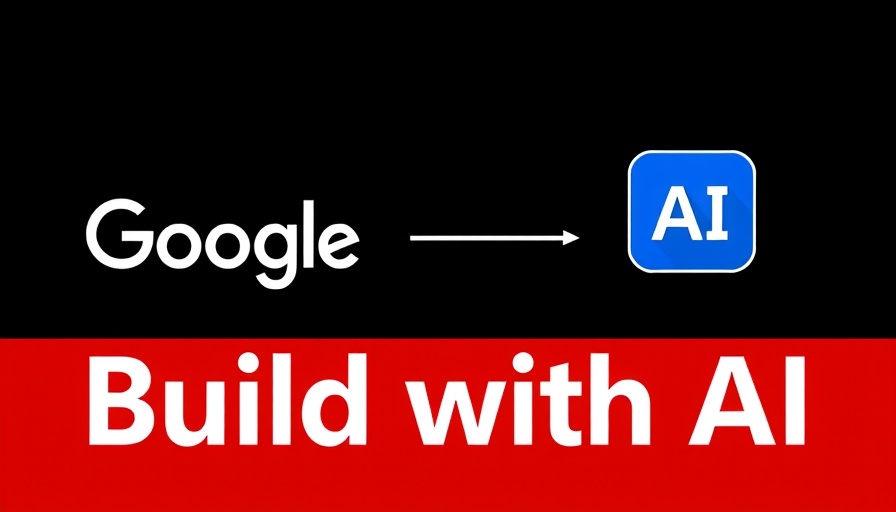
Revolutionizing Robotics: The Impact of Unitree R1
The recent unveiling of the Unitree R1 robot at the striking price point of $5,900 has sent waves through the robotics industry. In a world where humanoid robots often come with a hefty price tag, this innovation stands out as an affordable entry point into the robotic market. But what does this mean for the future of automation and artificial intelligence?
In 'Unitree R1: China’s Scary Cheap AI Robot', the discussion dives into the affordability and capabilities of the R1, exploring key insights that sparked deeper analysis on our end.
Unitree R1: A Closer Look
The Unitree R1 boasts capabilities that would make even seasoned athletes envious; think backflips, running downhill, and quick recoveries post-fall. This comes packed with a robust build, featuring 26 joints for fluid and humanlike movements. In a striking comparison, while Tesla's Optimus robot is projected to start at $20,000, Unitree has managed to deliver advanced robotics accessibly, encouraging hobbyists, students, and researchers to explore the field.
The Road Ahead: Implications for Robotics and Society
This development signals a shift in the robotics landscape. With prices plummeting for humanoid robots, a surge in innovation and accessibility is inevitable. The R1's capabilities combined with its affordability will empower smaller businesses and educational institutions with robotics in ways previously thought difficult or impossible.
Why This Pricing Strategy Matters
Unitree's approach is reminiscent of China's aggressive strategy to dominate tech sectors, similar to their rapid advancements in solar technology and electric vehicle batteries. The availability of affordable robotics not only invites competition but alters the course of the industry entirely. Rivals such as Boston Dynamics and Tesla will need to reassess their pricing models and justify their technologies in light of emerging market options like the R1.
What Are the Limitations?
Of course, these developments are not without limitations. The R1 currently lacks fine motor skills; its fists are not designed for dexterous tasks like cooking or cleaning. This leaves the door open for further developments within the industry to create robots that can handle more complex human tasks. However, for students and researchers, the current capabilities of the R1 can serve as a launchpad for learning, experimentation, and growth in programming and AI integration.
Future Predictions: What Lies Ahead for Robotics?
Looking forward, the affordability of robots such as the Unitree R1 could amplify the pace of innovation across various fields. Imagine classrooms filled with robotics programs, healthcare facilities utilizing robots for routine tasks, or small businesses deploying robots for customer service or security. As automation becomes more integrated into daily tasks, the paradigm of human work will inevitably shift, leading to enhanced productivity.
The R1 marks a pivotal moment in robotics, challenging our perceptions and opening new avenues for exploration. If this is the future of robotics, then integrating them into our everyday lives could soon no longer be a dream, but rather a widely accepted norm.
 Add Row
Add Row  Add
Add 




Write A Comment